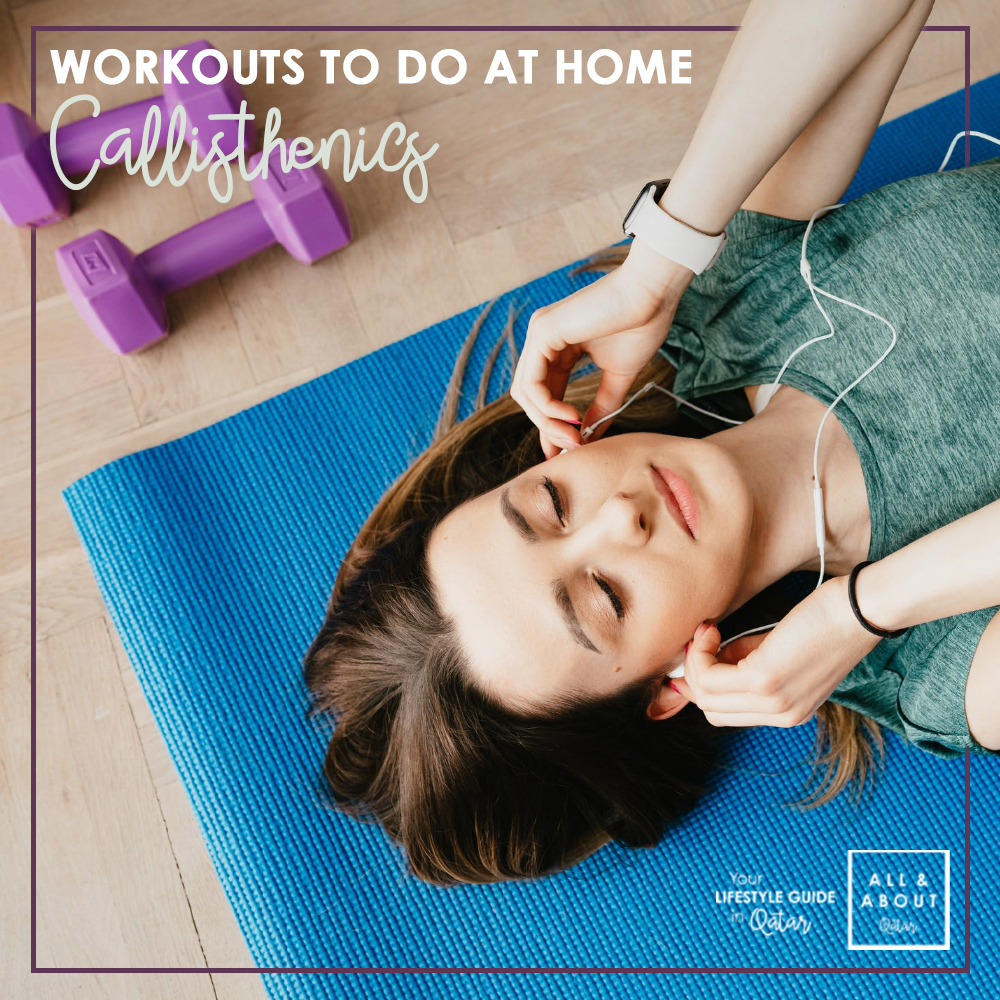It’s time to kick running rumors to the curb.
It’s a debate that’s been going on for years: Is it better to run on the treadmill or stick to the great outdoors? While there are some people who will defend one side over the other with cult-like loyalty, most runners have finally realized that both indoor and outdoor exercise are critical to a well-rounded routine.
“It’s like asking which fruit is better for you,” says Rebecca Kennedy, a master instructor at Peloton Tread. “They all have their own unique benefits!”
That’s why the real question isn’t what’s better overall but what could work best for you right now? Your goals can differ, and your running should too. So rather than choosing one over the other, it’s better to know the benefits and drawbacks to both forms, then opt for the running style that’s the perfect fit for you right here, right now. Here’s what you need to know when choosing where to log those miles.
Why the Treadmill Rocks
It’s lower impact.
Runners tend to have lower stride lengths and higher stride rates on a treadmill compared to running outside, and research from the journal Sports Health found that can translate to less impact on weight-bearing joints (ankles, knees, hips). But that study was conducted in 2014—now, slat-belt treadmills are on the scene (in both Woodway machines and the new Peloton Tread), and those provide even more cushion.
Also, as a side note, the whole “running is bad for your knees” argument is ready to be put to rest: A recent study in Arthritis Care & Research analyzed more than 2,500 people’s exercise habits throughout their lifetime and found that those who reported running on a regular basis were less likely to report frequent knee pain or have symptoms of osteoarthritis compared to non-runners.
You’ll probably burn more calories.
There are a lot of factors that determine whether you’ll burn more calories indoor or out—what type of run you’re doing and for how long, for starters. But, on average, David Siik, program and content director of Precision Running at Equinox, says it’s likely that you’ll torch more on the tread. “Because many people are now interval training on a treadmill, there’s a much higher level of focus and workload, and they are seeing a much bigger calorie burn,” he says.
That said, if a high-calorie burn is your main goal, outdoor runs shouldn’t be completely dismissed. Wind and resistance can force you to work harder, and your body burns extra calories to regulate body temperature when you’re out in hot or cold weather. “Outdoor running also forces your legs to create turnover and use the ground as resistance, which is harder than tackling miles on a moving belt,” Kennedy says. The trick is to make sure these variables don’t impact your pace. “If you slow down because of them, then the tread wins.”
It’s efficient and effective.
If you don’t have a ton of time to sweat, the tread wins. Not only is it easy—simply hop on and press start—it’s also completely under your control. Plus, you don’t have to think about all the changing variables that outdoor running can present, like getting stuck at crosswalk after crosswalk.
There’s zero concern about weather.
When you hit the trails, road, or track, weather is something you always have to think about and prepare for.
“In the summer, you need to run outdoors when it’s not as hot and the sun isn’t directly overhead. And in the winter, it’s best to get out there when the sun is out,” Kennedy says. All of that goes away on the treadmill—hello, flexibility!
By the way, if it is crappy outside, you’re not more of a “badass” runner by forcing yourself to stay outside. Yes, it’s important to run in potential race day conditions if you’re training, but Kennedy says quality workouts should be done on good weather days. “There’s always good weather indoors!” she says.
There’s less risk of injury.
Yes, you could fly off the back of the treadmill, but that’s why the little red safety clip is there (yep, you really should use it). And, well, no such clip exists when you run outdoors, where the odds of getting hurt go up, says Siik. “Outdoors pose the risk of getting hit by a car, rolling an ankle on uneven ground, even causing sun damage (people often forget this can be an issue),” he explains.
Something else to consider is how safe you feel while running alone. “If you need to do your workouts before the sun comes up or after it sets, and you don’t feel comfortable running outside, the tread is the best pivot,” notes Kennedy.
There’s easy access to help.
If you run at a gym, there are constantly trainers, first-aid kits, and staff members on hand in case something goes awry. Plus, there’s quick access to water (that you don’t have to carry), which isn’t always feasible for outdoor runners.
Why the Outdoors Are Amazing
You can still go low impact.
Yes, treadmills have less impact than most surfaces found outdoors, but that doesn’t mean you can’t have a low-impact run outside. Light-colored concrete is the hardest to run on, Siik says, so avoid that whenever possible. “If you can, opt for a dirt trail, short grass, the beach, or your local high school track to reduce impact,” he explains. “Even blacktop is softer than sidewalk concrete, especially when the sun warms the tars and oils and creates a softer surface.”
It can support better bone growth.
The softer surface of a treadmill produces less impact on bones and connective tissue, but that also means you won’t stimulate quite as much bone growth. Over time, a lack of bone growth could result in injury due to bone loss, which is what happens when old bone is broken down faster than new bone is made.
That said, running on a treadmill doesn’t mean all of these things are going to happen. Exercise helps stimulate new bone growth regardless, but the outdoors may have a slight edge in this category thanks to harder surfaces.
And your butt can get stronger.
Siik suggests that unless you’re on a self-powered treadmill, you’re probably not recruiting your hamstring muscles as much as you would outdoors. That’s because the ground is already moving underneath you, and every time your foot lands in front of you, the treadmill belt brings it back—an action that your hammies and glutes are usually in charge of. When you’re outside, those muscles don’t get a break—meaning you’ll build that booty faster.
… as will your lateral movement.
Runners are notorious for having weak lateral muscles because running predominantly requires you to move in one direction—forward. That’s even more prevalent in treadmill-only runners, as there’s never any change in direction. But if you head outside, Siik says you’ll naturally work in sideways movement when you turn and move around unexpected objects. Another benefit: Lateral movement improves coordination skills and helps build stability around the ankles and feet, adds Siik.
You’ll reap more mental benefits.
You can’t breathe in fresh air, feel a gentle breeze blow through your hair, or bask in the sun warming your skin when you run on the treadmill, but being in nature can contribute to a better state of mind. Research from the University of Exeter found that when people hit the open road, they experience a greater energy boost, along with a drop in tension, anger, and depression—compared to an indoor run.
You learn to adapt.
“Outdoor running conditions the body to make unexpected physical changes, like stepping over a curb, turning a hard left, or maneuvering around people,” Siik says. “These things are important to keep a strong and stable body.”
Kennedy says that if you’re training for a race, outdoor running also prepares you—both mentally and physically—for elements that are out of your control. Constantly changing terrain and weather can have a big impact on your mental game come race day, but if you prepare for them with outdoor training runs, they’re less likely to throw you off when it counts.
Which one do you prefer? Share your thoughts, comment below.
By Samantha Lefave
Source: Greatist







Leave A Comment
You must be logged in to post a comment.